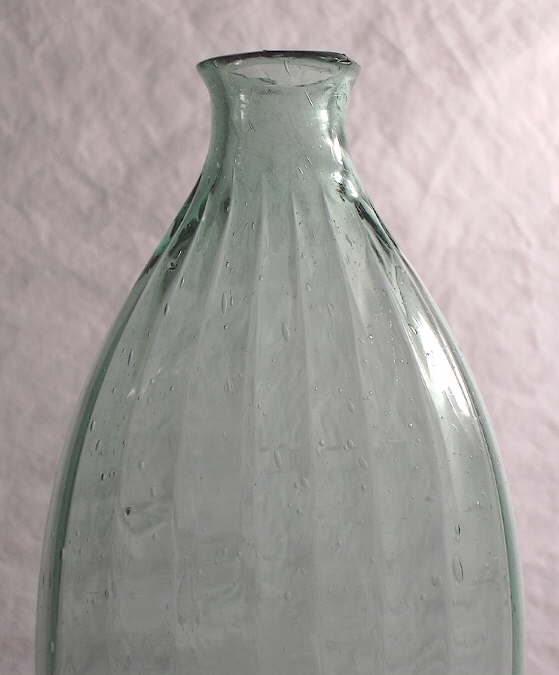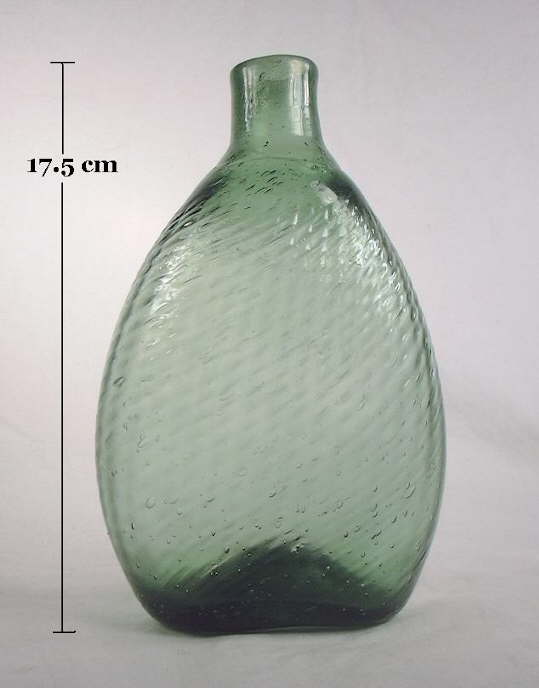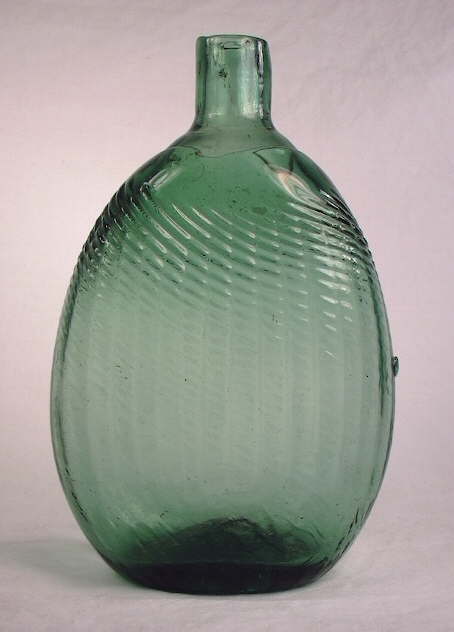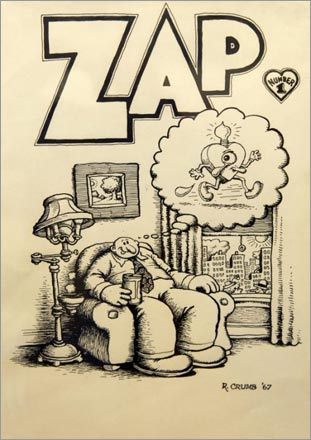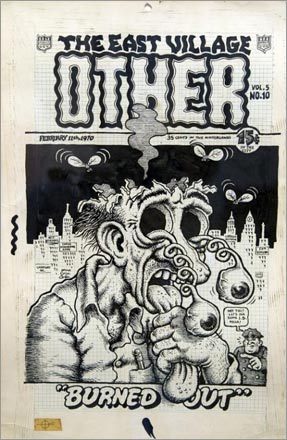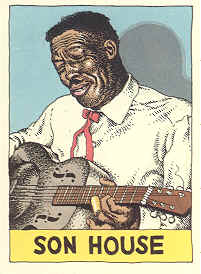Jim,
I wouldn't do anything without knowing for certain what I have.... [ ] I may just have to ship this to you so you can get that hands on! lol Like I've said before....I have NO bottle experience what so ever. I only know what little I do because of sites like this one. So Whomevers the owner of this site I want to say THANK YOU! Weather this is old or new I know I have learned quite a bit just from the research.
] I may just have to ship this to you so you can get that hands on! lol Like I've said before....I have NO bottle experience what so ever. I only know what little I do because of sites like this one. So Whomevers the owner of this site I want to say THANK YOU! Weather this is old or new I know I have learned quite a bit just from the research.
Thanks
Theresa
I wouldn't do anything without knowing for certain what I have.... [
Thanks
Theresa

